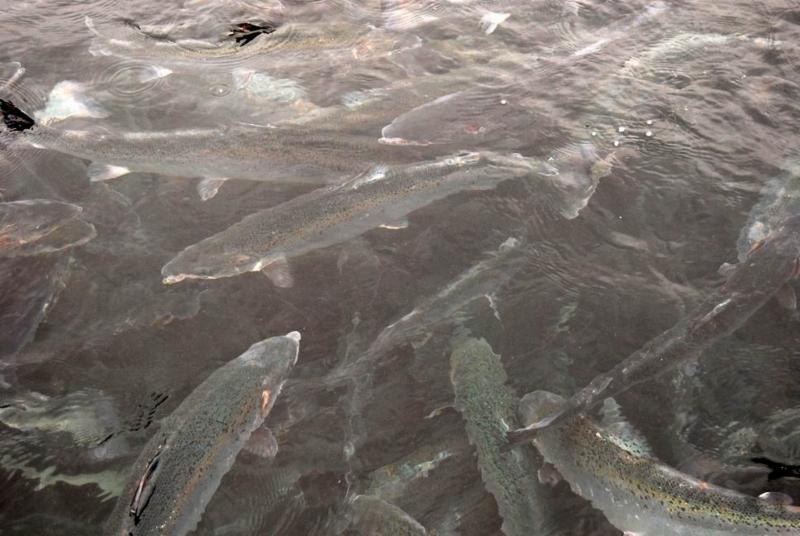Waste overload the main cause of Ringsend spillage, EPA

March 6th, 2019
The recent release of wastewater sludge from the Ringsend treatment plant was primarily caused by an overload at the plant rather than a mechanical failure, according to the Environmental Protection Agency.
The environmental watchdogs warned that problems with the discharge will continue at this “overloaded” plant until €400 million upgrade works are completed by Irish Water between 2020 and 2023.
Currently, the plant services over 40 per cent of the national population and are treating wastewater for the equivalent of 1.9 million people. Irish Water said that the planned upgrades will cater for an extra 400,000 people.
On 25 February 2019, Irish Water informed the EPA of the release of the sludge into the Lower Liffey Estuary. The release commenced on the morning of Saturday 23rd February.
According to Irish Water, there was a failure at one of the plant’s tanks that resulted in the spillage of untreated wastewater into the treated wastewater being discharged into the estuary via an outfall 1km from the plant.
EPA inspectors, however, concluded that tank failure was “not the main underlying cause of the brown coloured plume” that was photographed by a drone on the weekend of the incident.
Instead, the agency said, the main likely causes are the plant operating above its’ design capacity and the fact that the plant is “unable to treat these additional solids adequately”.
“There are significant variations over time in the waste water load collected in Dublin’s sewers and entering the WWTP for treatment. The solids entering the WWTP have risen in recent months and were twice the typical amount around the time the plume was photographed,” the EPA said.
The EPA took samples of the discharge every day from Tuesday to Friday last week. Preliminary results show that the discharge was slightly above the emission limit in the plant’s licence for suspended solids.
EPA inspectors also photographed and videoed the primary discharge point and the effluent in the Ringsend discharge channel. A partial drone survey was carried out and a further drone flight is planned for this week.
The EPA said that it is liaising with Dublin City Council (DCC) to carry out
The results from a bathing water sample taken by DCC on 26 February at Dollymount Beach -the nearest designated bathing area to where the spill occurred – indicate that bathing water areas have not been impacted. The EPA took samples in Dublin Bay on Friday 1 March, with results
The section of the plant where the breakdown occurred is still shut down, with repairs expected to take approximately one month. The shutdown is causing a five to eight per cent reduction in the treatment capacity of plant, the EPA said.
[x_author title=”About the Author”]







